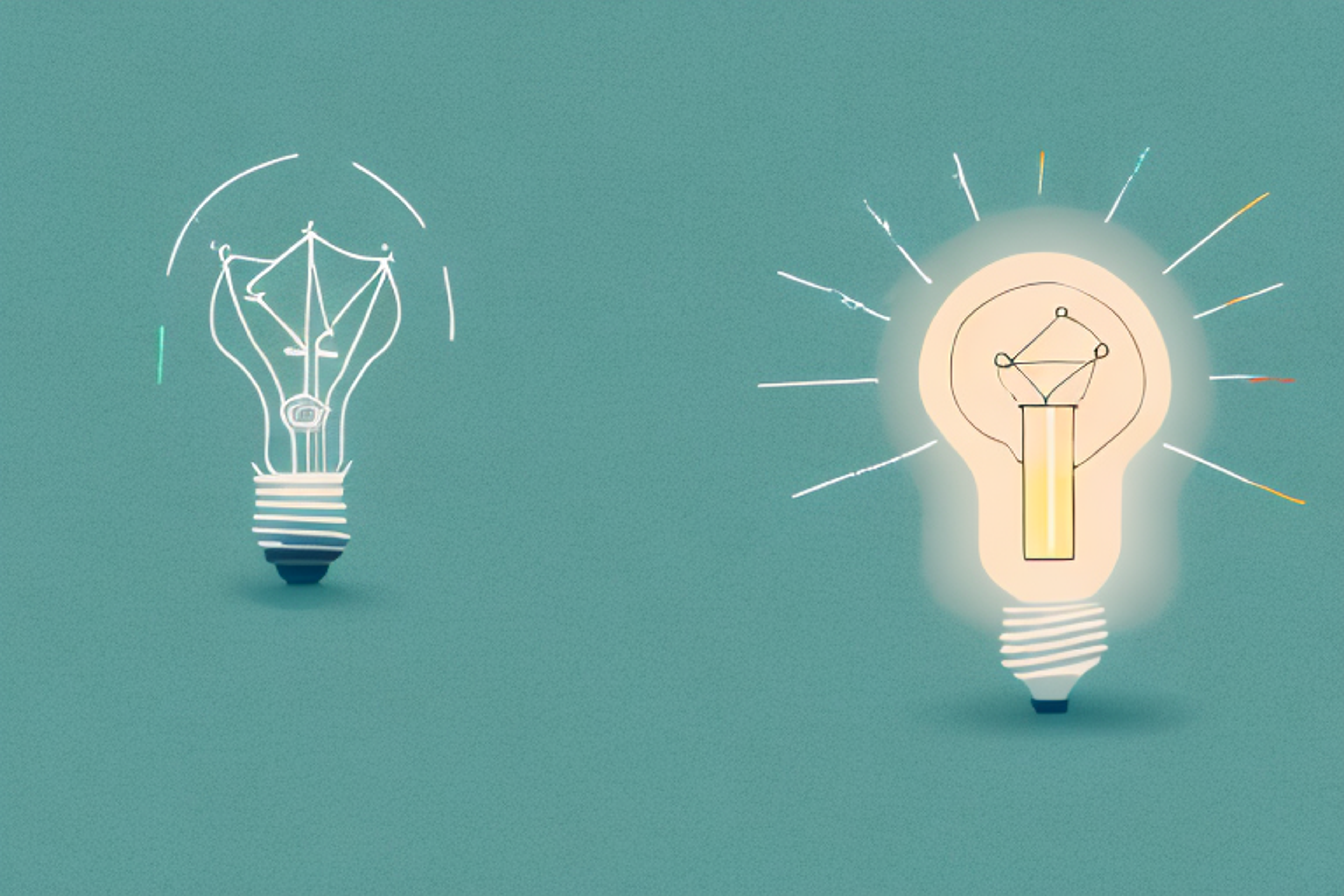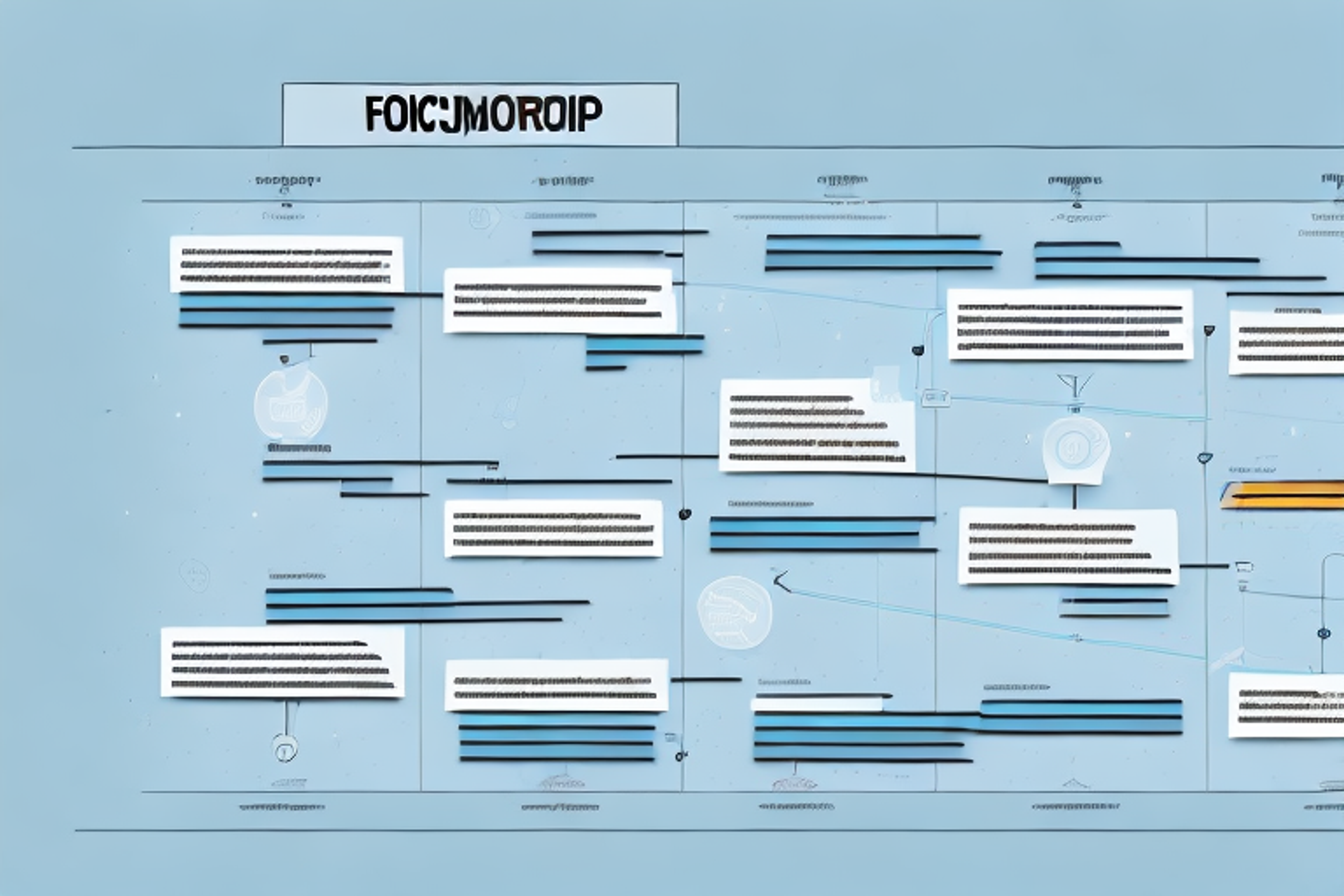Successful Failures: The Importance of Learning from Product Mistakes
Discover how successful companies turn product failures into opportunities for growth and innovation.
Posted April 10, 2025

Table of Contents
Product failures are an inevitable part of the innovation process. What sets apart successful companies from the rest is their ability to learn from their mistakes and turn setbacks into opportunities for growth. In this article, we'll explore the importance of failure in product development, the benefits of embracing it, and strategies for implementing a culture of learning from failure to drive innovation and creativity.
Why Failure Matters in Product Development
Product development is a complex and risky process that involves a lot of trial and error. It's impossible to create a perfect product on the first try, and even the most successful companies have had their fair share of failures. However, failure is not just an outcome to be avoided – it's an essential part of the innovation process.
By failing early and often, companies can learn valuable lessons about what works and what doesn't, and use this knowledge to improve their products and processes. This not only leads to better products but can also save time and resources in the long run by avoiding costly mistakes.
The Benefits of Embracing Failure in Product Innovation
Many companies view failure as a negative outcome and try to avoid it at all costs. However, embracing failure can actually lead to greater innovation and creativity. When companies are willing to take risks and try new things, they are more likely to come up with innovative ideas that can set them apart from the competition.
Additionally, embracing failure can help create a culture of experimentation and continuous improvement. When employees know that it's okay to fail and that they won't be punished for it, they are more likely to take risks and try new things. This can lead to greater engagement and motivation, as well as better results.
How to Turn Product Failures into Opportunities for Growth
When a product fails, it can be tempting to sweep it under the rug and move on. However, this is a missed opportunity for growth and improvement. By analyzing the root causes of the failure, companies can identify areas for improvement and use this knowledge to create better products in the future.
One effective strategy for turning failures into opportunities for growth is to conduct a post-mortem analysis. This involves gathering data and feedback from customers, employees, and other stakeholders to identify what went wrong and why. This information can then be used to make informed decisions about how to improve the product or process in question.
The Psychology Behind Learning from Mistakes
Learning from mistakes is not always easy, and it can be tempting to blame external factors or others for our failures. However, taking ownership of our mistakes and learning from them is essential to personal and professional growth.
According to research, there are several psychological factors that can influence our ability to learn from mistakes. For example, individuals who have a growth mindset – that is, they believe that intelligence and abilities can be developed through hard work and dedication – are more likely to view failures as opportunities for growth.
The Role of Failure in Driving Innovation and Creativity
Failure can be a powerful driver of innovation and creativity. When companies are willing to take risks and try new things, they are more likely to come up with novel solutions to complex problems. This can lead to breakthrough products and services that create new markets and opportunities.
Additionally, failure can help build resilience and perseverance. When individuals experience setbacks and failures, they learn how to cope with adversity and develop the skills needed to bounce back stronger.
Common Pitfalls to Avoid When Learning from Product Mistakes
While learning from failures is important, it's also important to avoid common pitfalls that can derail the process. One common mistake is to focus too much on blame and punishment instead of learning and improvement. When employees are afraid to take risks and make mistakes, they are less likely to innovate and create.
Another common pitfall is to rush to solutions without fully understanding the root causes of the failure. This can lead to ineffective solutions that don't address the underlying issues.
Successful Examples of Companies that Embrace Failure in Product Development
Many successful companies have embraced failure as a necessary part of the innovation process. One example is Amazon, which has a culture of experimentation and encourages employees to take risks and try new things. Another example is Google, which has a "fail fast, fail often" philosophy and rewards employees for taking smart risks.
Both Amazon and Google have created innovative products and services that have transformed their respective industries. By embracing failure and learning from their mistakes, they have been able to stay ahead of the competition and continue to drive innovation.
The Importance of Analyzing and Understanding the Root Cause of Product Failures
When a product fails, it's important to take the time to understand the root causes of the failure. Without a clear understanding of what went wrong, it's impossible to make informed decisions about how to improve the product or process in question.
Root cause analysis is a structured approach to identifying the underlying factors that contributed to the failure. This involves asking "why" questions to drill down to the root cause of the issue and developing solutions that address these underlying factors.
Strategies for Implementing a Culture of Learning from Failure in Your Organization
Implementing a culture of learning from failure can be challenging, but it's essential for driving innovation and growth. Here are some strategies for creating a culture of learning from failure in your organization:
- Encourage experimentation and risk-taking
- Create a safe environment for employees to take risks and make mistakes
- Reward employees for taking smart risks and learning from failures
- Conduct post-mortem analyses to analyze root causes and identify areas for improvement
- Use failure as an opportunity for growth and improvement, rather than punishment or blame
Overcoming Fear and Resistance to Embracing Failure in Product Development
Fear of failure and resistance to change can be major barriers to creating a culture of learning from failure in organizations. To overcome these barriers, it's important to create a safe and supportive environment where employees feel comfortable taking risks and trying new things.
Leadership plays a critical role in creating this environment. Leaders should model the behavior they want to see in their employees, taking risks and learning from their own mistakes. Additionally, leaders should communicate the importance of failure in driving innovation and growth and provide resources and support to help employees learn from their mistakes.
The Connection Between Risk-Taking and Success in Product Innovation
Successful product innovation requires a willingness to take risks and try new things. While there is always some degree of uncertainty and risk involved in innovation, companies that are able to effectively manage risk are more likely to succeed.
One effective strategy for managing risk in product innovation is to use small, iterative experiments to test new ideas and products. By starting small and testing frequently, companies can quickly learn what works and what doesn't and use this knowledge to refine their products and processes.
The Value of Customer Feedback in Identifying and Addressing Product Flaws
Customer feedback is a valuable tool for identifying and addressing product flaws. By listening to the needs and concerns of customers, companies can gain valuable insights into where their products fall short and what needs to be improved.
There are several strategies for collecting and analyzing customer feedback, including surveys, focus groups, and user testing. Additionally, it's important to act on the feedback received and use it to inform the development of new products and improvements to existing ones.
Balancing Experimentation with Risk Management: A Guide to Effective Product Development
Effective product development requires a balance between experimentation and risk management. While it's important to take risks and try new things, it's equally important to manage risk and minimize the negative impact of failures.
One effective approach to balancing experimentation with risk management is to use a phased approach to product development. This involves breaking the development process into smaller, more manageable phases and testing each phase before moving on to the next. By testing frequently and effectively managing risk, companies can create better products and reduce the negative impact of failures.
Turning Setbacks into Success: Case Studies on Learning from Product Mistakes
Several companies have turned setbacks into success by learning from their mistakes and using this knowledge to create better products and services. One example is Apple, which famously experienced a setback with the launch of its Apple Maps product. However, Apple used this experience to improve the product and create a more successful launch in the future.
Another example is Netflix, which initially launched as a DVD rental service before pivoting to a streaming service in response to changing consumer preferences. By learning from the failure of its initial product offering, Netflix was able to create a more successful and sustainable business model.
Conclusion
Product failures are an inevitable part of the innovation process, but they don't have to be a negative outcome. By embracing failure and learning from our mistakes, we can create better products and processes, drive innovation and growth, and stay ahead of the competition. With the right mindset and strategies in place, companies can turn failures into opportunities for success and achieve their goals in product development.


















